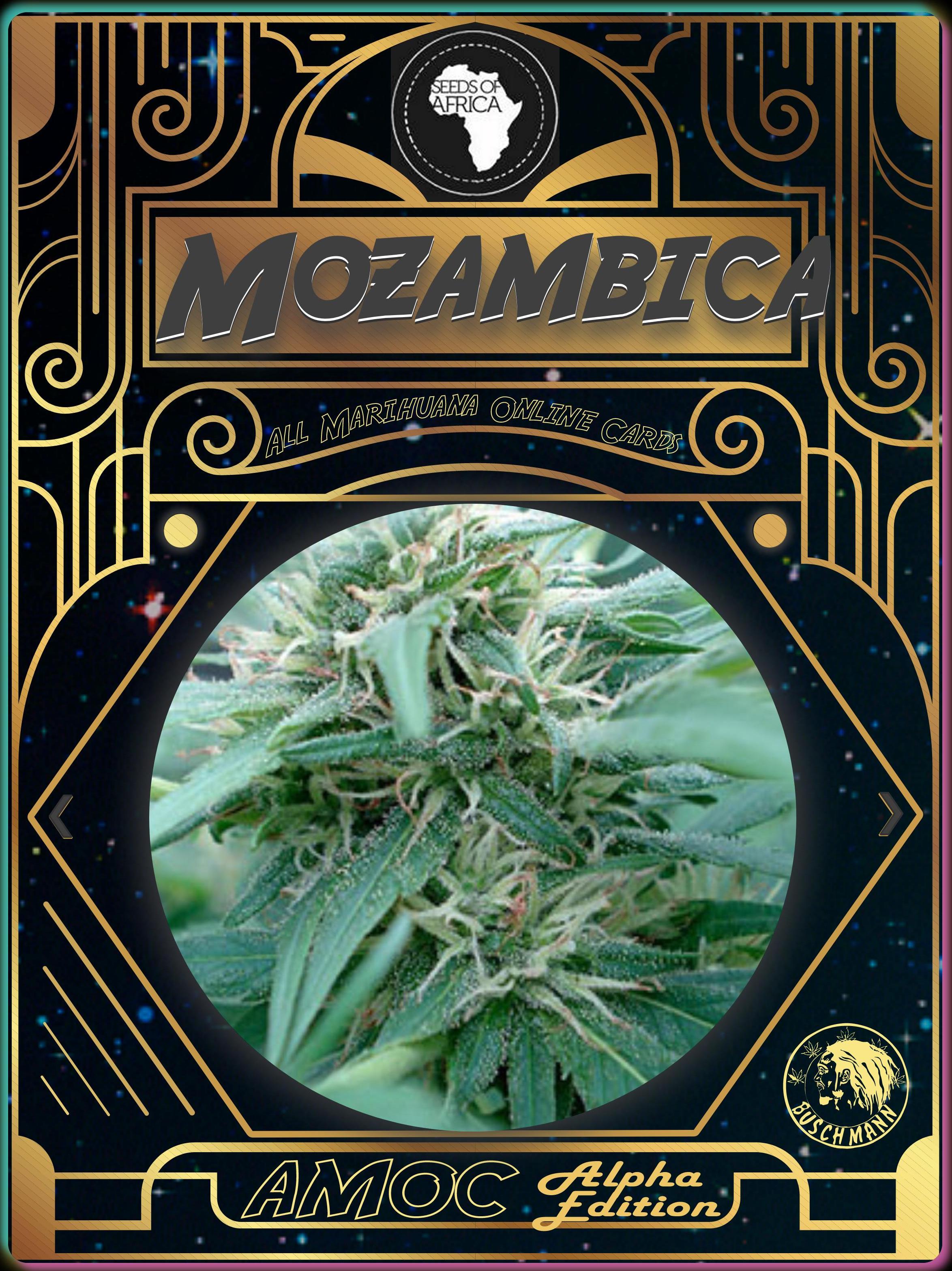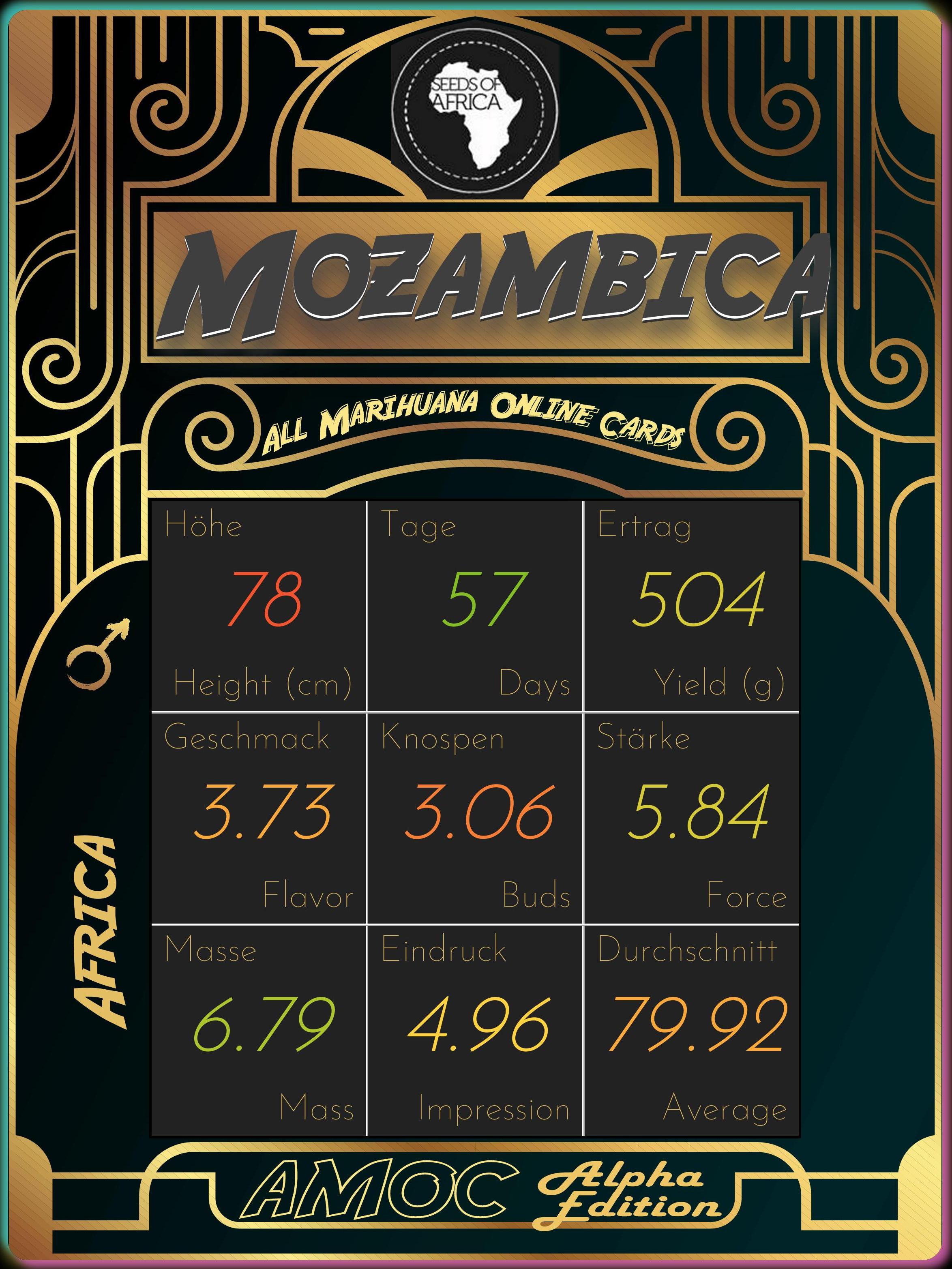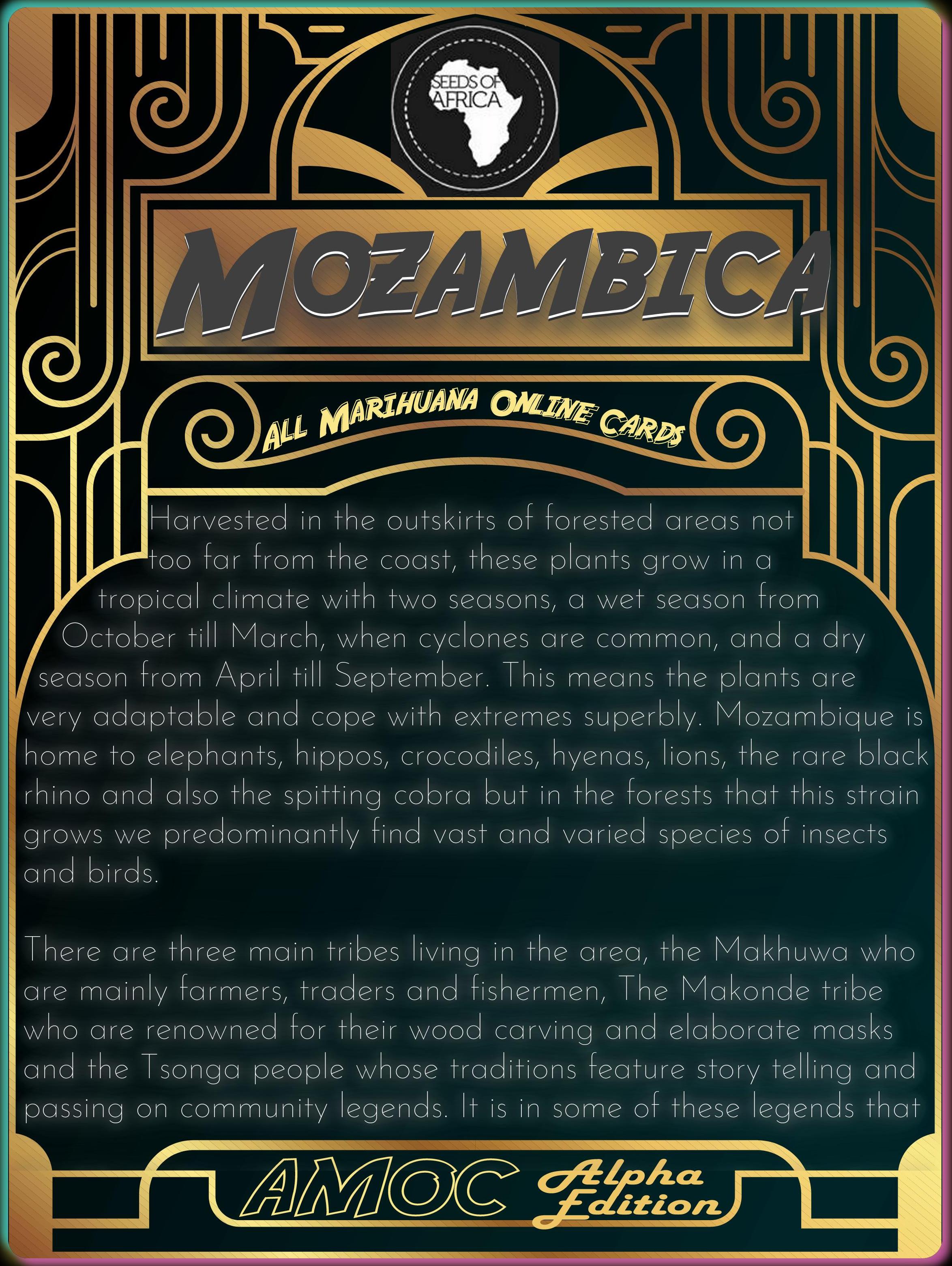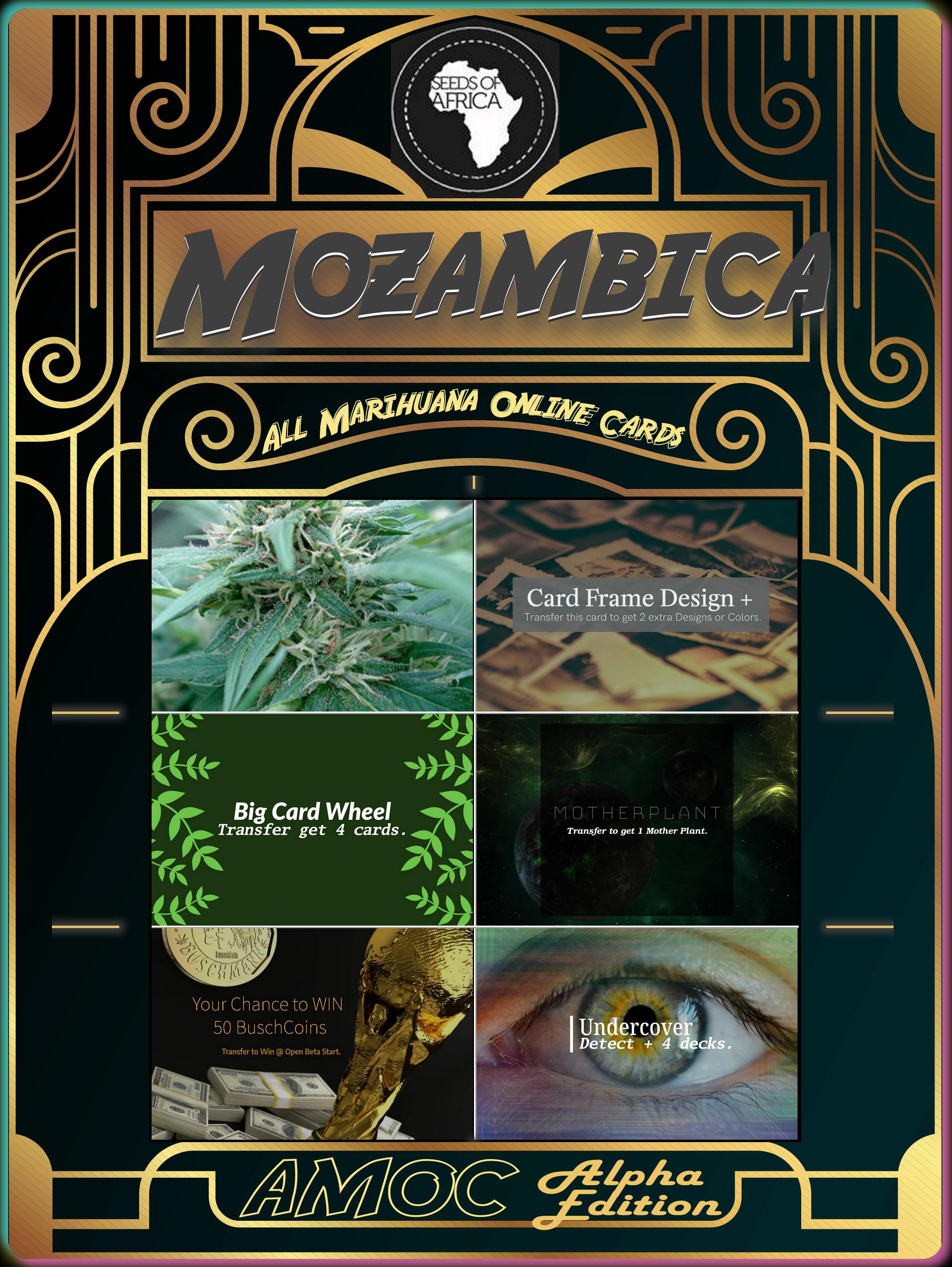

Africa is home to the finest examples of Cannabis Sativa on the planet and our intention is to pass on these pure "foundation strains" to the rest of humanity so as not to lose them forever in a world dominated by hybridised/feminized cannabis varieties. Today's Cannabis has been modified to the extent that many have lost their original mystic and power, giving way to the unnatural demands of today's grower. These modern day strains get nowhere near the purity and clarity of their ancestral family as all of the original "power phenos" are lost within the process of cross breeding and feminising.We are not breeders, we consider ourselves preservationists, and along with passing on these genetics, we also want to share an understanding of where these wild landrace Sativa's grow by detailing the conditions of the area that they are collected. This will give you a higher understanding of each strain and hopefully bring you closer to the plant itself. We hope that the rare phenotypes in each strain will be selected, collected and protected, claiming back the legendary Sativa strains of ancient Africa and the beauty, power and purity that are within them.

Harvested in the outskirts of forested areas not too far from the coast, these plants grow in a tropical climate with two seasons, a wet season from October till March, when cyclones are common, and a dry season from April till September. This means the plants are very adaptable and cope with extremes superbly. Mozambique is home to elephants, hippos, crocodiles, hyenas, lions, the rare black rhino and also the spitting cobra but in the forests that this strain grows we predominantly find vast and varied species of insects and birds.There are three main tribes living in the area, the Makhuwa who are mainly farmers, traders and fishermen, The Makonde tribe who are renowned for their wood carving and elaborate masks and the Tsonga people whose traditions feature story telling and passing on community legends. It is in some of these legends that the Mozambica plant features with extraordinary tales of colossal specimens so powerful in effect that they can evoke spirits just by being amongst them. The Tsonga tribe scar their face as an act of physical beauty but they say that they originally undertook this practice as a deterrent to Arab slave traders, the same ones believed responsible for bringing the strain from Asia in the early 12002s. It is certainly true that this strain produces large and very resinous buds which sometimes appear turquoise in colour due to the hint of blue that runs through them, even their leaves are covered with a pungent blue shimmer. They are often found grouped in small clusters and smell strongly of tropical fruit and spice which carries through on the flavour -the effect is a trance-inducing, soaring, Sativa high. Its flowers became known as “nbanje” or “soruma” and Mozambican tribal healers have been known to use the strain in a tea-like infusion to reach a state of “spirit possession”, allowing them to communicate with spirits thought responsible for causing illness and poor harvests. They consume the cured buds by smoking them inof everyday life as well as these ritual/spiritual ceremonies.





